Features and cultivation of red sorrel
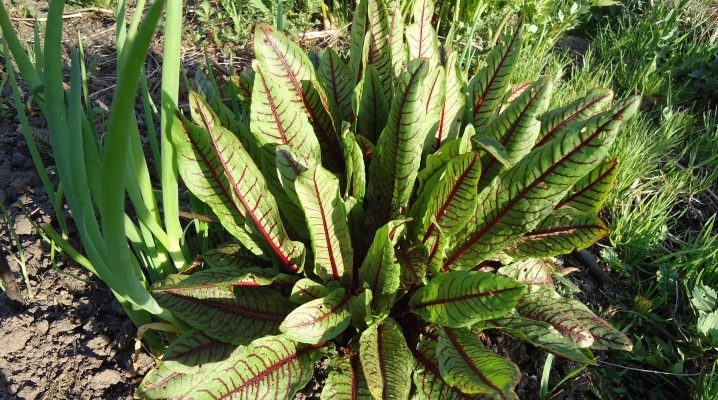
Blood red sorrel is an exotic plant. Therefore, not all gardeners know how to grow it properly.
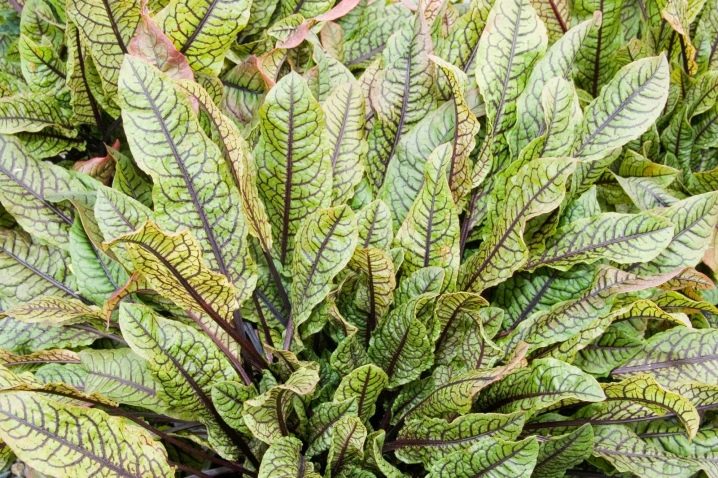
Description
This species of sorrel belongs to the buckwheat family. In nature, it is found in regions with a temperate climate. You can see red sorrel on forest edges and on river banks. Most often it grows in sunny areas.
The plant has beautiful spear-shaped foliage with scarlet veins. Variety Red patterns stands out for the special color of the leaf plates. However, the patterns on the foliage are especially pronounced if the sorrel grows in the sun. In the middle of summer, sorrel begins to bloom. Gardeners usually prune the stalks. If this is not done, the plants will reproduce by self-seeding. In addition, in such conditions, the bushes will experience a lack of nutrients.
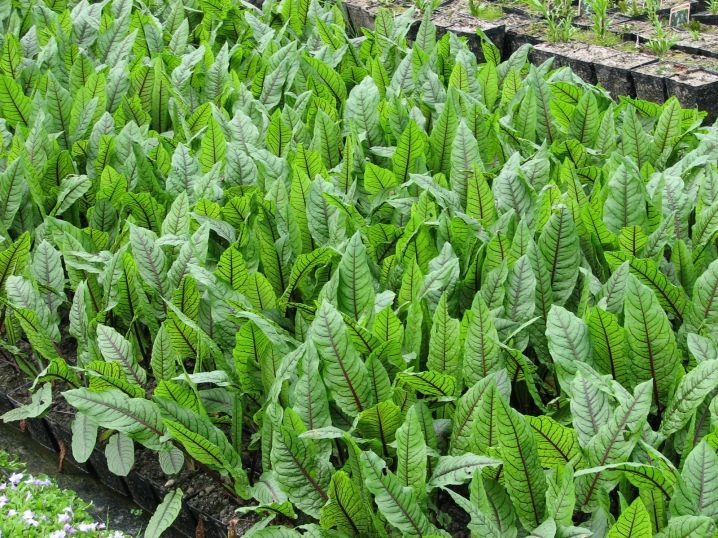
Red sorrel is considered an ornamental plant.... It is usually planted in plots to improve the appearance of the flower bed. Moreover, the foliage of such a plant can be eaten. But only young sheets are allowed. They taste like spinach. Red-leaved sorrel is usually added to soups or salads. Dishes with such an additive are not only tasty, but also healthy.
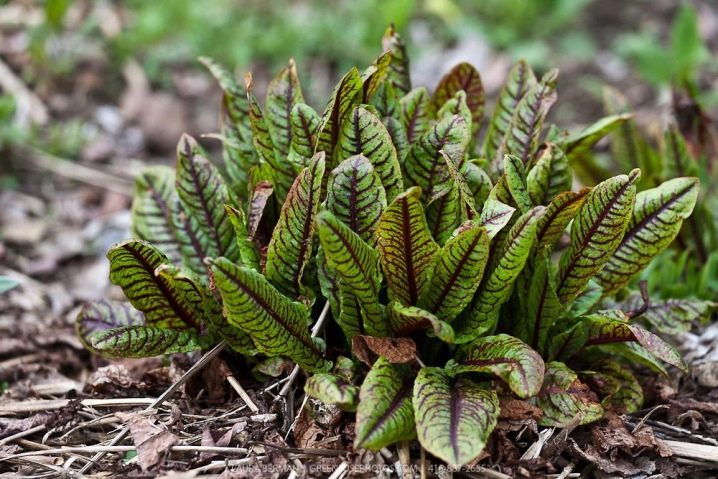
How to grow?
Red-leaved sorrel can be grown anywhere. It is best to plant it in the sun or partial shade. The soil on the site must be loose. Solanaceae and root vegetables are good predecessors for this plant.
You can sow sorrel in March or April. The soil at this time is already well warmed up. The seeds are immersed in the soil 1-2 centimeters. Row spacing should be within 30 centimeters.

Before sowing seeds, the soil must be watered with warm, settled water.
Caring for adult bushes consists of the following procedures.
-
Watering... Sorrel does not need regular watering. It is necessary to irrigate the site only if the season is dry. Watering is recommended in the early morning or late evening. To keep moisture in the soil longer, the site is mulched. For this, you can use straw or dried sawdust. The mulch layer should be regularly renewed.
-
Top dressing... When the first seedlings appear on the site, the plants can be fed. This will have a positive effect on the condition of the sorrel. For plant nutrition, it is best to use a regular ash infusion. Instead of this product, you can also use conventional mineral supplements. Usually sorrel is fed at the same time as other plants.
-
Weeding... It is recommended to loosen the soil in the beds immediately after watering the bushes. It is important to remove all weeds in the process. Otherwise, the plants will lack nutrients. Weeding the site is usually carried out several times a month.
-
Pruning... Peduncles appearing on the bushes are recommended to be removed. Timely trimming of panicles allows you to preserve the decorative effect of sorrel. Timely pruning of old foliage that has lost its bright color is also important. This procedure promotes the growth of young leaves. You need to stop pruning the bushes at the end of August. If this is not done, the plant will be poorly adapted to winter.
-
Protection against diseases and pests... Red sorrel is often attacked by slugs, sorrel beetle larvae and aphids. In addition, bushes can be sore with spots, rust and downy mildew. Proven insecticides and fungicides are used to control them.If the disease is started, the plants are removed from the site, and the place is sprayed with Bordeaux liquid. This helps to stop further spread of the disease.

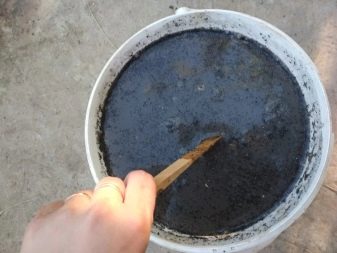
Red-leaved sorrel has good frost resistance. Therefore, he does not need shelter for the cold season.
If the winters in the region are frosty, the bushes simply pretend to be snow after the first snowfall. This makeshift shelter perfectly protects plants from the cold.
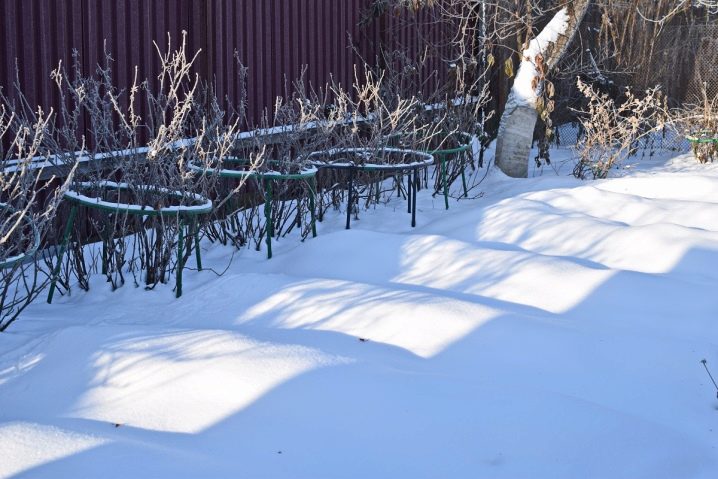
Use in landscape design
Ornamental sorrel is most commonly grown as a curb plant. It looks great next to fences or at the base of alpine slides. Red-leaved sorrel goes well with dwarf carnations, coleus, sage and lavender. In addition, it is often planted next to a variety of herbs.
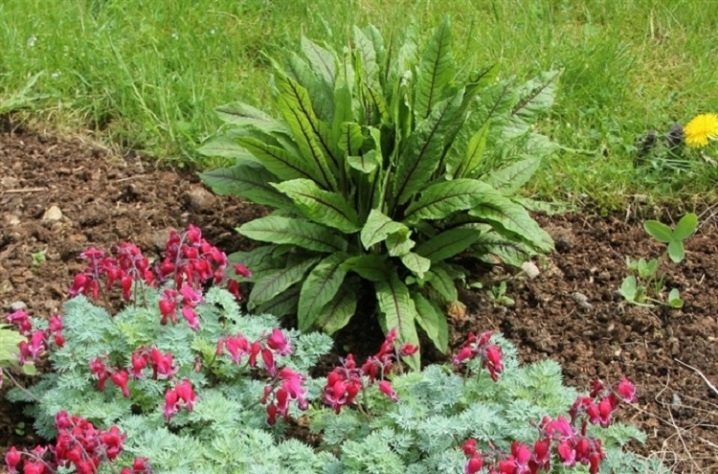
The sorrel with scarlet foliage looks beautiful against the background of stones or evergreens. Like regular flowers, it brings the landscape to life.

Plants with red foliage also look great in containers or planters. Vases can be placed both on balconies or terraces, and in open areas.
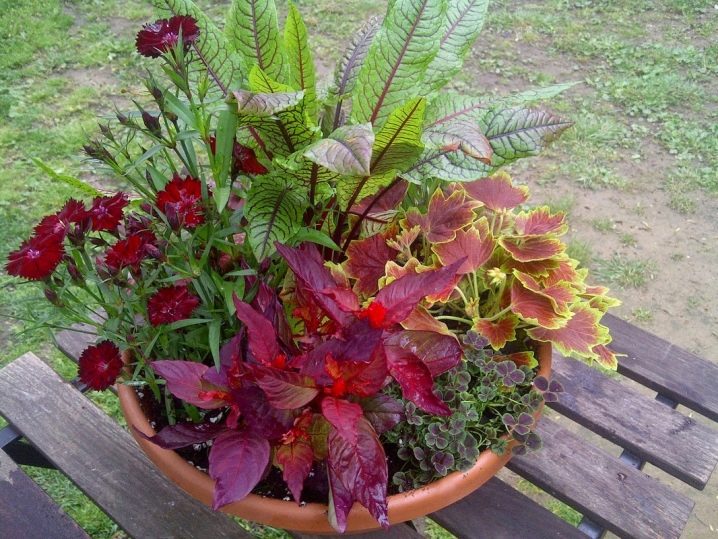
In general, red-leaved sorrel is universal plant... Therefore, it can be planted in most areas.
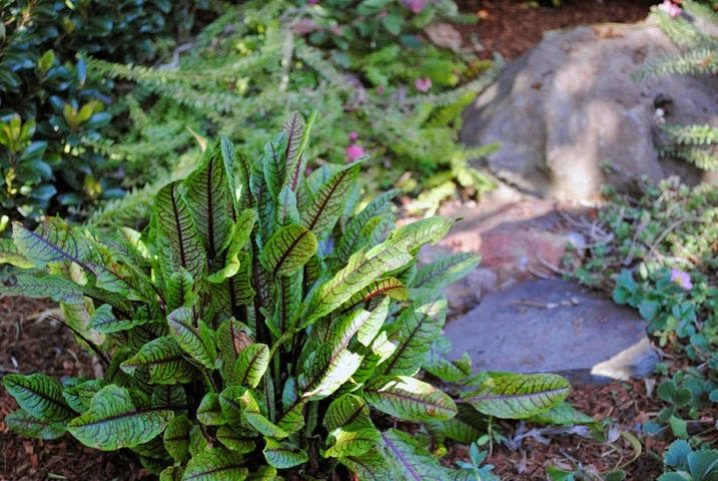











The comment was sent successfully.